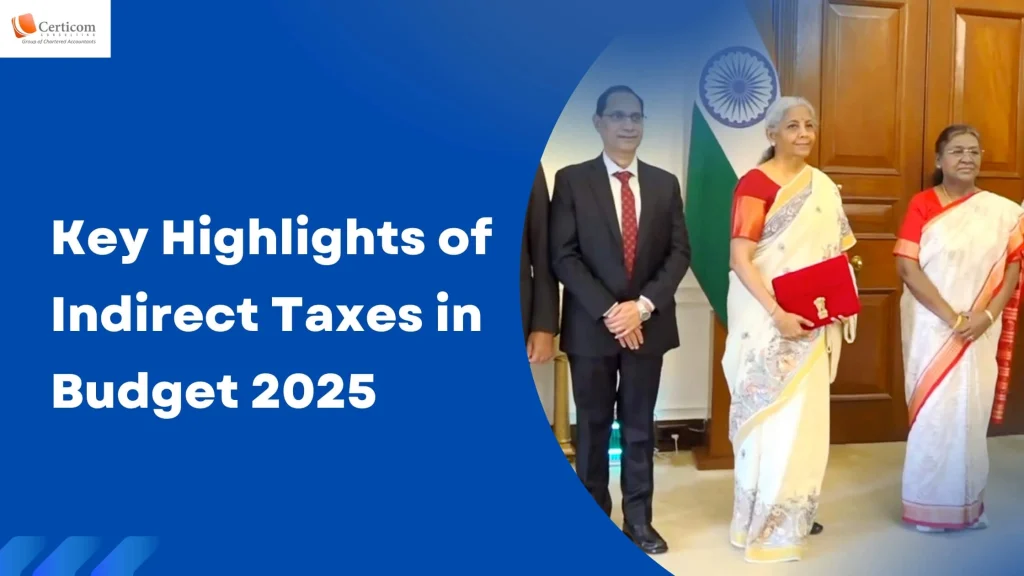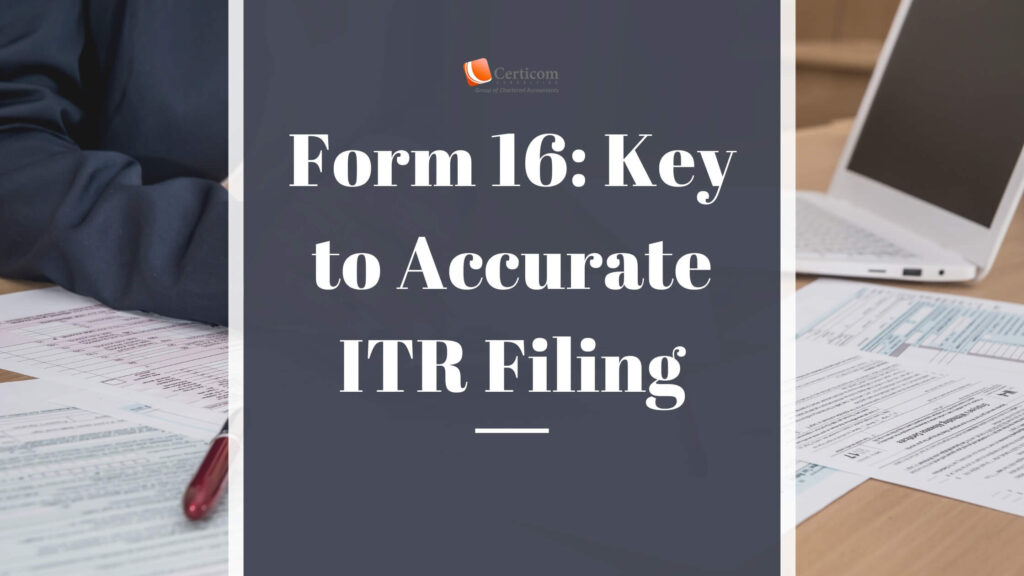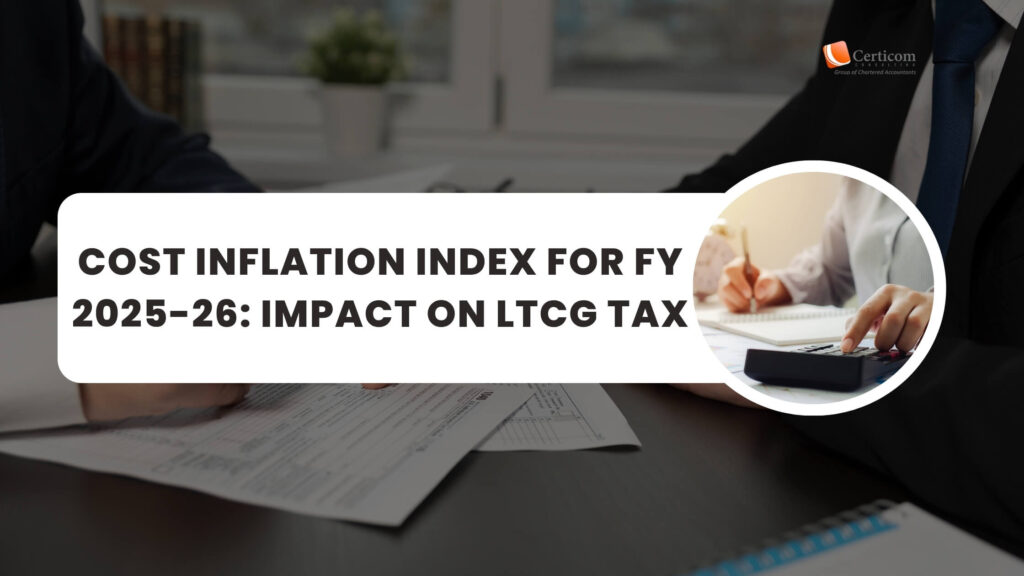Key Highlights of Indirect Taxes in Budget 2025

The Budget 2025 session commenced on January 31, 2025, with the President of India’s address and the presentation of the Economic Survey 2024-25. The survey forecasts India’s GDP growth for FY 2026 to be between 6.3% and 6.8%, citing strong economic fundamentals. With a median age of 28 years, India is poised to become the world’s third-largest economy by 2030. The budget aims to drive economic growth, promote inclusive development, boost private sector investments, and enhance household purchasing power. It is designed to unlock the nation’s potential for global economic prominence and long-term prosperity.
Indirect Taxes – Customs
Customs Tariff & Legislative Changes
Amendments in Customs tariff rates and Harmonized System of Nomenclature (HSN) codes.
Revisions in the Customs Act, 1962 and Customs Tariff Act, 1975.
Rationalization of tariff structure for industrial goods, reducing seven tariff rates.
Limitation of cess/surcharge to a single levy.
Import & Export Adjustments
Introduction of voluntary revision of entries after clearance of goods for importers/exporters.
Relief measures on the import of drugs and medicines.
Promotion of domestic manufacturing and value addition in minerals, textiles, electronics, lithium-ion batteries, shipping, and telecom sectors.
Export incentives for handicrafts, leather, and marine products.

Time Limits & Exemptions
Provisional assessments now have a two-year limit, extendable by one year.
End-use conditions for inputs extended up to one year.
Exemptions and concessional rates under Notification No. 50/2017 – Customs (30.06.2017) extended until March 31, 2029, covering:
Bulk drugs for medicine manufacturing.
Bulk drugs for polio vaccines and mono-component insulins.
Drugs, medicines, and special foods for rare disease treatment.
37 additional drugs and 13 new Patient Assistance Programs (PAP) added to the zero-duty list.
Tariff Reductions (Effective May 1, 2025)
Pharmaceutical Reference Standards & Certified Reference Materials (HS Code: 3822 90): Reduced from 30% to 10%.
Sorbitol (HS Code: 3824 60): Reduced from 30% to 20%.
Indirect Taxes – Goods & Services Tax (GST)
Revenue Estimates
CGST/IGST revised estimates for FY 2024-25: ₹6,506.46 crore.
Budget estimate for FY 2025-26: ₹6,870.52 crore.
Key Legislative Amendments to the CGST Act, 2017
-
Definitions (Section 2):
-
Revised definition of Input Service Distributor to cover interstate supplies taxed under reverse charge.
-
Inclusion of explanations for ‘Local Fund’ and ‘Municipal Fund’ under the definition of ‘Local Authority’.
-
Addition of a new clause defining Unique Identification Marking for Track & Trace Mechanism.
-
-
Time of Supply (Sections 12 & 13):
-
Omission of provisions related to the time of supply for vouchers.
-
-
Input Tax Credit (Section 17):
-
Modification of wording from ‘plant or machinery’ to ‘plant and machinery’ (effective July 1, 2017).
-
-
Input Service Distributor (Section 20):
-
Explicit provision for ITC distribution for interstate supplies taxed under reverse charge.
-
Effective from April 2025.
-
-
Credit Note (Section 34):
-
Mandatory reversal of ITC by recipients when suppliers reduce tax liability via credit notes.
-
-
Returns (Section 38 & 39):
-
Removal of ‘auto-generated’ references.
-
More inclusive ITC statement format.
-
Enabling conditions for return filing.
-

Appeals & Pre-deposits (Sections 107 & 112):
10% mandatory pre-deposit for penalty-only cases before appellate bodies.
Track & Trace Mechanism (New Sections 122B & 148A):
Introduction of penalties for non-compliance with Track & Trace requirements.
Enabling provisions for specified commodity tracking.
Non-Supply Transactions (Schedule III):
New entry for goods warehoused in SEZs or Free Trade Warehousing Zones (FTWZs) to be treated as neither goods nor services before clearance.
Clarifications on tax applicability and non-refund provisions for such transactions.
Effective July 1, 2017.
Implementation Timeline
The above amendments will take effect upon enactment of the Finance Bill, 2025, unless otherwise specified.
This budget reflects the government’s commitment to economic stability, ease of doing business, and robust trade policies, with a strong focus on manufacturing, healthcare, and export-driven industries.
Related Post
Cost Inflation Index for FY 2025-26: Impact on LTCG Tax
Loan Interest Deductions: How to Claim and Avoid Tax Scrutiny
Book A One To One Consultation Now For FREE
How can we help? *




